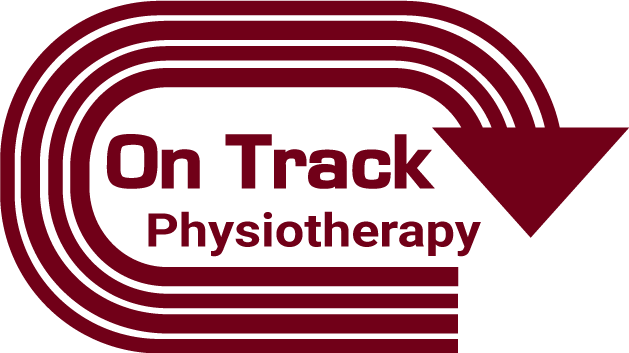Recently I have had a string of clients present with a “snapping hip”.
This isn’t a medical diagnosis per say, but it is a symptom that many people deal with. The individual typically notices a random “popping”, “clicking”, or “snapping sound” from the front of their hip. It tends to feel different than cracking your knuckle, and it usually occurs when flexing the hip up. Or when they extend their hip back.
Most people come to me and they say that they have tried a variety of different things before to help with it, but nothing seemed to make a difference. They have tried things such as stretching, strengthening, massage, dry needling, foam rolling, etc but no relief.
No relief is noticed because using the above strategies did not address the problem…..So what is the problem?
I’ve treated many of these cases, and more times than not the individual will experience their symptoms in the following test:
The individual will notice a couple things…
1) The snapping either occurs as the thigh slowly lowers down…Or when the thigh is parallel to the ground and the individual flexes their hip back up toward the chest.
2) The individual will usually notice the thigh is able to get to a position that is parallel to the ground (so they have plenty of motion). But will have a tendency to want to move their leg out wider in this position or turn their foot outward because it feels more natural and comfortable.
So what’s happening?
In my opinion this is a person who has put a lot of stress repetitively throughout the years to the front of their hip. As such, the individuals stabilization strategy is to compress at the front of the hip as opposed to utilizing their muscles properly to help keep the joint moving with proper congruence.
The picture above explains what Im talking about. You can see the joint roll across the muscle/tendon and that, in my opinion is what you are feeling. Some would say that this muscle is “tight”. However, I would respectfully disagree….
Notice in the left picture how the joint faces us more. This is not optimal joint position. This is the strategy that you’ve most likely adopted to stabilize. Compressing and putting pressure on the front of the hip.
Now the fix for this is training a specific muscle called the glute med through full range of motion at the hip in all planes.

Most people who have this feel a lot of quad and TFL activation with various exercises and even at rest. This is just more confirmation that you are front side biased in stabilizing the hip. They have a very hard time feeling the activation of a glute med muscle or musculature around that area when asked to perform certain hip strengthening activities.
Once the client learns how to feel this muscle, all of a sudden their symptoms tend to go away. Now this exercise is not just some simple squat or lunge. Trust me I wish it was….
Often times I spend 30 minutes to an hour just trying to teach someone how to feel this muscle work with a particular set of exercises. But by the end of the session they notice a positive change in their symptoms and now they have homework to do.
If this sounds like you, or a friend, please share it with them. I’d love to set an appointment time up where we can talk about this in greater detail, and how On Track Physiotherapy can help. Just hit the discovery session button below to learn more.

About the Author: Dr. Greg Schaible is a physical therapist/strength coach specializing in athletic performance. He attended The University of Findlay, graduating in 2013 with his Doctorate of Physical Therapy (DPT). As a Track and Field athlete, he was as a 5x Division II All-American and 6x Division II Academic All-American. Greg is the owner of On Track Physiotherapy in Ann Arbor, Mi. You can stay up to date with helpful information and news on Facebook.



